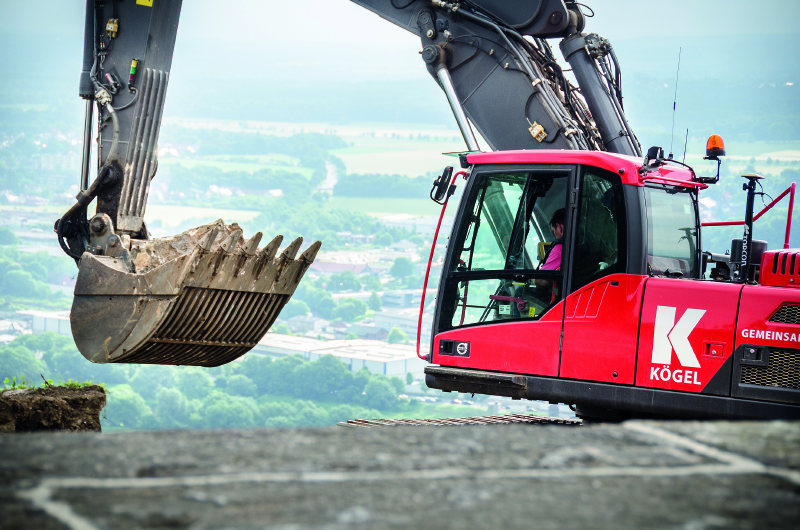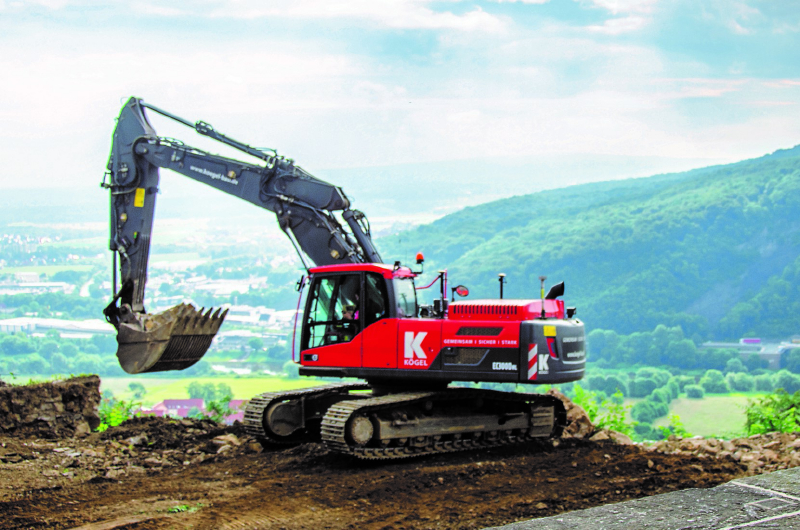Home \ International \ Volvo brings German monument back to its best
Volvo brings German monument back to its best
23/07/2017
Pubblicato da Redazione
Digging deep beneath one of Germany’s most prominent monuments is Volvo CE-equipped construction company, Kögel Bau, employing a fleet of machines to breathe life back into the
Digging deep beneath one of Germany’s most prominent monuments is Volvo CE-equipped construction company, Kögel Bau, employing a fleet of machines to breathe life back into the landmark.
Atop the Wittekindsberg mountain in Germany, at a height of about 210 meters (690 ft) stands the Emperor William I Monument, celebrating the life of Kaiser Wilhelm, built between 1892 and 1896. The 121 year old monument is one of the region’s most prominent landmarks and a popular tourist destination, offering expansive views of the surrounding hills, as well as the Porta Westphalia and southern part of the German Plain. Following the collapse of a portion of the memorial plaza, plans were set in motion to construct a new panorama café and a visitor’s center on a newly renovated ring terrace. Taking on the project is Kögel Bau, a construction company tasked with civil engineering and construction work. Projected to be completed next year, the project is well underway, but not before a considerable amount of modification to the vicinity was required.
Before the construction of the café and visitor center could begin, Kögel Bau had to design the foundation and ground cables. This included drilling 270 reinforced concrete piles – with a diameter of 200 mm – 32 meters (105 ft) into the mountain. “Creating this substructure was the most difficult aspect of the project,” Kögel recalls. As co-manager of the family-owned company, Kögel knows a thing or two about large-scale construction projects – and selecting the proper equipment. For over 15 years, the company has relied on Volvo CE machines across a variety of projects. “They are reliable and offer good value for money – from the purchase price and service to maintenance costs and the resale value,” he adds. In 2016, Kögel Bau took delivery of a fleet of seven Volvo machines and began working on the monumental work that summer. The equipment line-up includes five L30G compact wheel loaders, an ECR145E short radius excavator and an EW210D wheeled excavator.
The L30G compact wheel loaders are specified with dual hydraulics that enable simultaneous lifting and steering, helping increase maneuverability in tight areas of the jobsite. To aid flexibility, the excavators are equipped with tilt-rotators. Meanwhile, the EW210D features a wide track, heavy counterweight and quick coupler for a simple attachment replacement.
The decision has proven a success. “In just four months, the men have loosened and transported 30,000 cubic meters (40,000 yd2) of earth and rock using GPS-controlled excavators,” explains Peter Kögel. “We’ve also cleared and secured the remains of the old ring terrace that collapsed around 70 years ago.” Additionally, the machines have been used to haul 1,200 square meters (1,435 yd2) of asphalt and construct a 340 meter long (1,115 ft) supply road from the monument to a nearby parking lot.
Looking back on the 15 years of experience with Volvo machines, Kögel Bau is satisfied with the overall result: “We rarely experience downtime, but when we do, we look to the Swecon branch in Bielefeld for support,” he says. “Over the years, we’ve developed a very good relationship with the Volvo dealer.” The combination is a recipe for a successful completion of the monument. “We consider ourselves to be an innovative company and expect the same from the technology we use,” says Kögel. “That’s why we fit perfectly with Volvo CE products.”

Ultime notizie di Volvo CE Italia
Earthmoving Machinery
19/09/2024
Volvo CE inaugurates new facilities to support production of electric wheel loaders in Arvika
The industry shift has taken another exciting leap forward a...

Components
26/06/2024
Operator connectivity with Volvo CE'"My Equipment" digital tool
"My equipment" is a new digital solution from Volvo Construc...
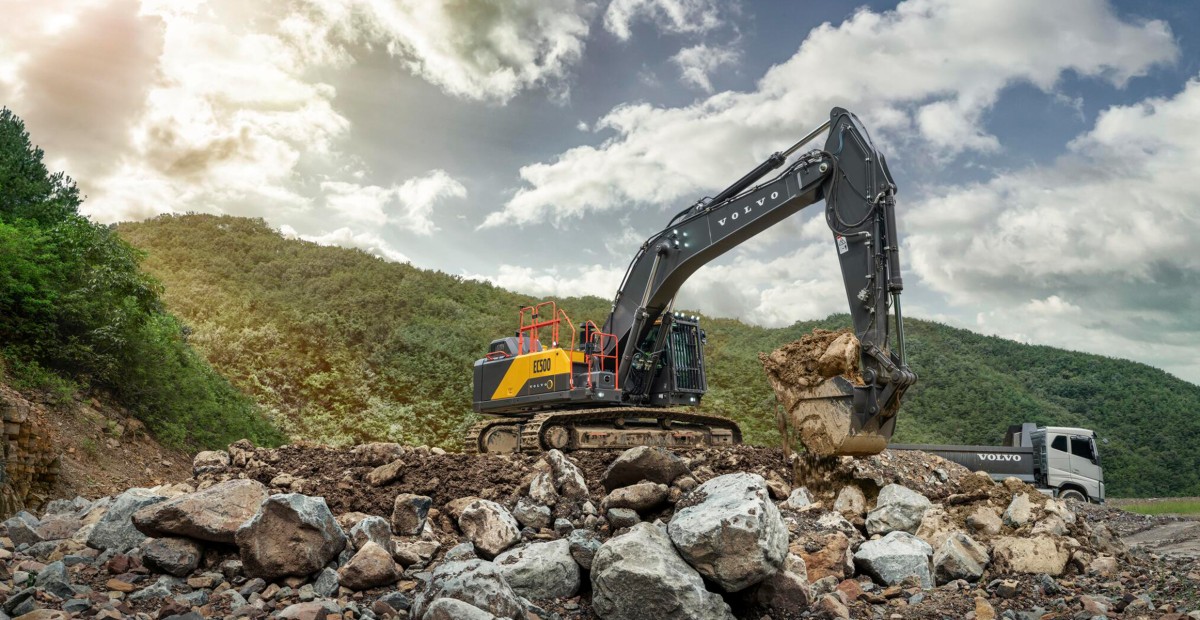
Earthmoving Machinery
17/06/2024
New Volvo excavators elevate customer productivity
A new range of excavators from Volvo Construction Equipment...
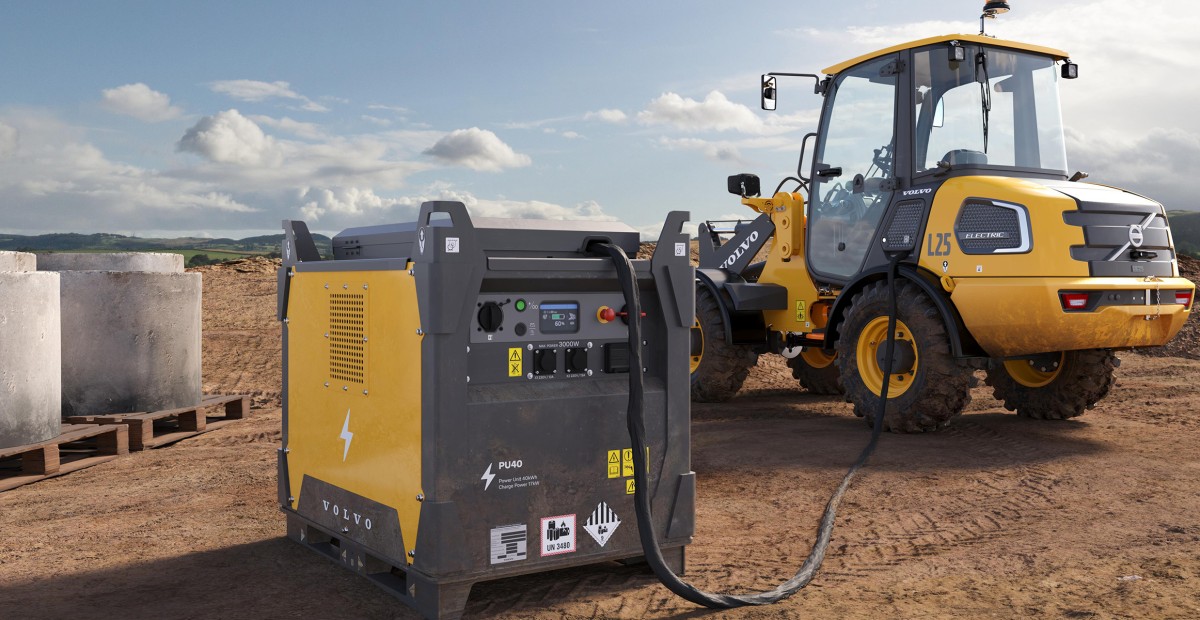
Equipments
10/06/2024
Innovative mobile charging solution from Volvo CE set to transform off-grid work
Volvo Construction Equipment (Volvo CE) is launching a new s...
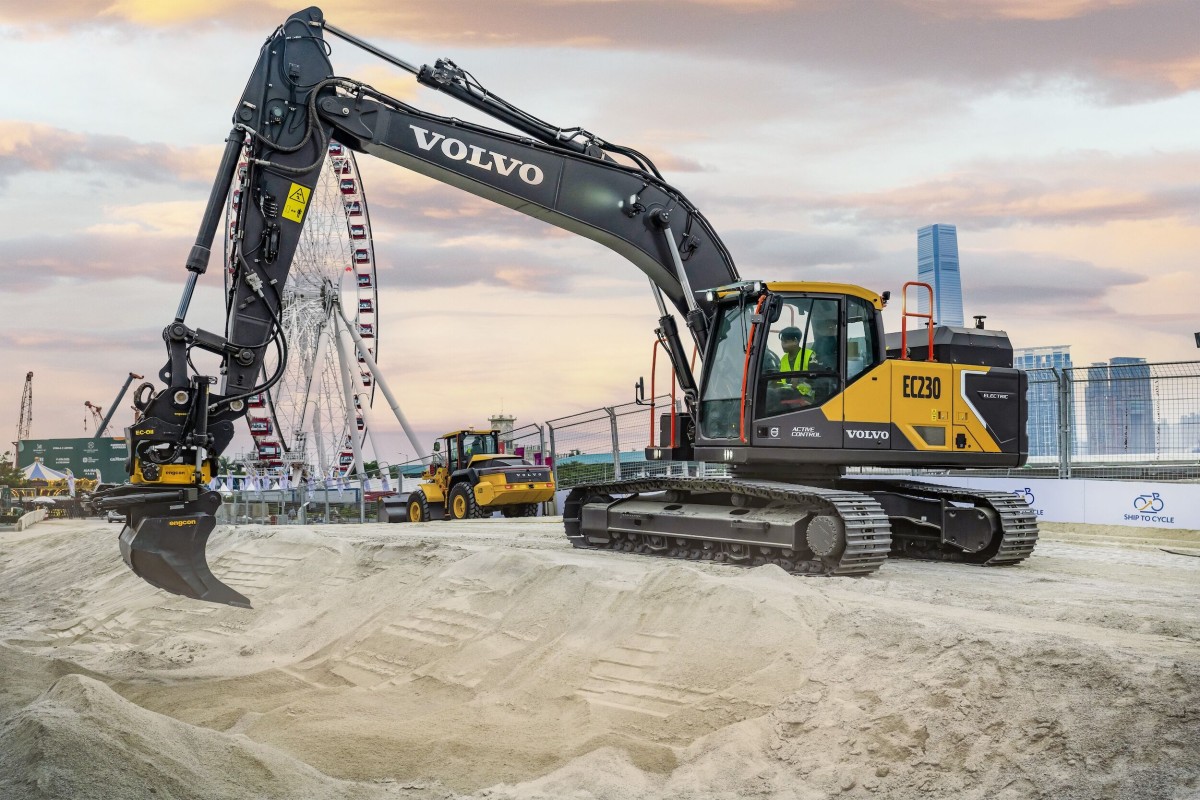
Earthmoving Machinery
29/05/2024
Volvo CE: the catalogue of Product Carbon Footprint
Volvo CE empowers customers with industry’s most extensive c...
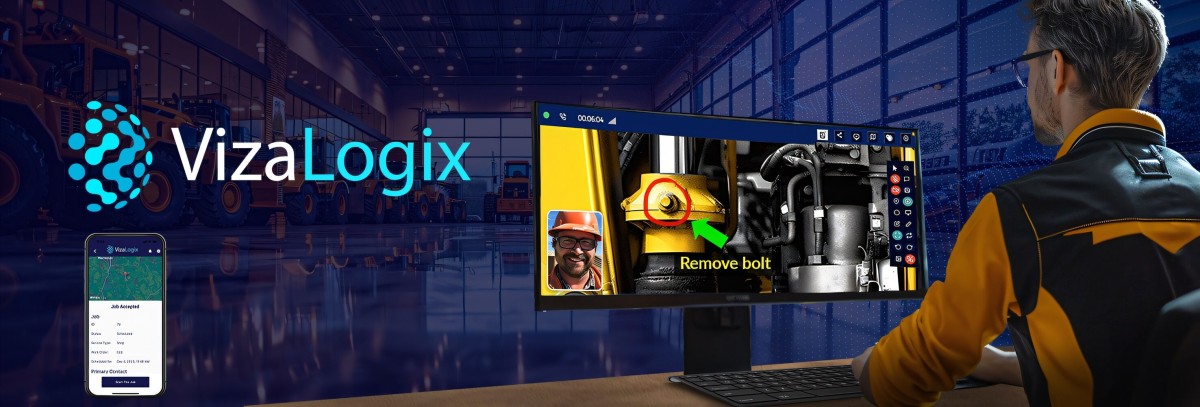
Earthmoving Machinery
17/05/2024
Volvo CE has taken a 22% ownership stake in VizaLogix
Volvo CE has taken a 22% ownership stake in VizaLogix, a US-...
Altri International

International
23/11/2024
GPMat International takes delivery of two Raimondi T147s residential development in the South of France
- Official agent of France expands its product lineup with t...

International
22/11/2024
Sarens acquires additional SCHEUERLE SPMT K24 modules
renowned for its expertise in crane rental services, heavy l...
International
22/11/2024
Five WOLFF cranes modernize Oslo’s Ulven district
With a total of five WOLFF cranes of type 7534.16 Clear, Wol...

International
21/11/2024
Kleemann: New compact crusher used for recycling
Impact crusher MOBIREX MR 100i NEO impresses during operatio...
International
21/11/2024
SITECH partners with Royal Engineers to create poppy and demonstrate tech offering
The demostration involved creating a ground-level poppy desi...
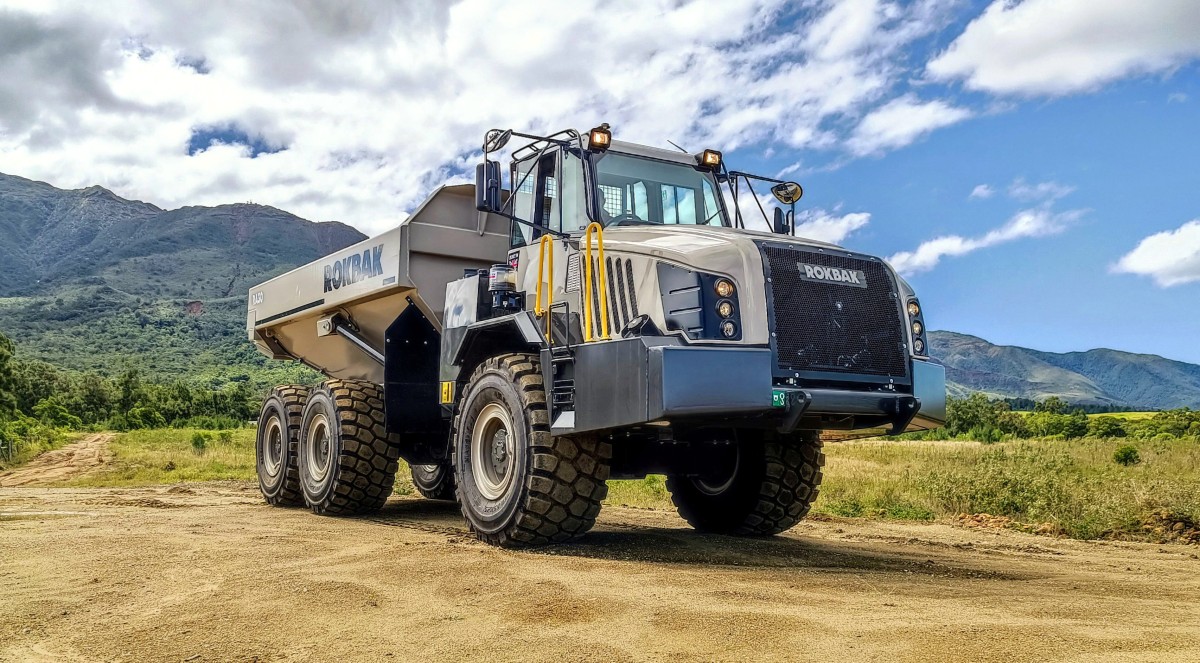
International
20/11/2024
Strong and stable RA30 trucks carry the weight at New Caledonian mine
Three Rokbak RA30 trucks are delivering exceptional durabili...











